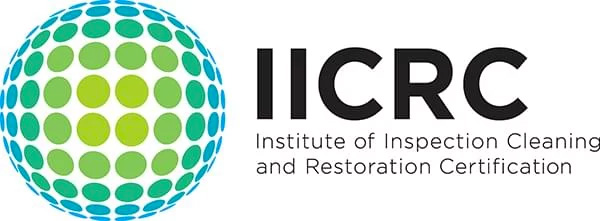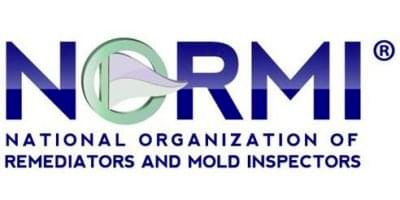5 Simple Steps For Mold Prevention
Do you want to make your home mold-resistant? Complete mold-proofing of your home is impossible. There are always mold spores flying around in the air. Fortunately, you can take practical steps to reduce the risk that these spores find favorable growing conditions.
A warm and humid environment is ideal for mold colonies to take hold, but mold in your home is both a health and aesthetic issue. Unchecked mold colonies carry significant health implications. As well, the mold growth itself is unsightly and may damage underlying surfaces.
To help, we’re going to list the top five steps for mold prevention in your home. Follow these suggestions to minimize the risk of a mold infestation in your property to protect the health of you and your family.
1: Inspect High-Risk Areas
Some areas of your home are at a higher risk of mold issues than others. You should investigate these parts of your home regularly. This is the only way you can minimize the risk of hidden mold growth. These are the typical areas at a higher risk:
- Wooden furniture
- Attic
- Walls and ceiling (check the corners too)
- Roof and its various components
- Home siding
- Any areas of your home that have plumbing
- Rugs and carpets, especially if they have gotten wet
- Garage
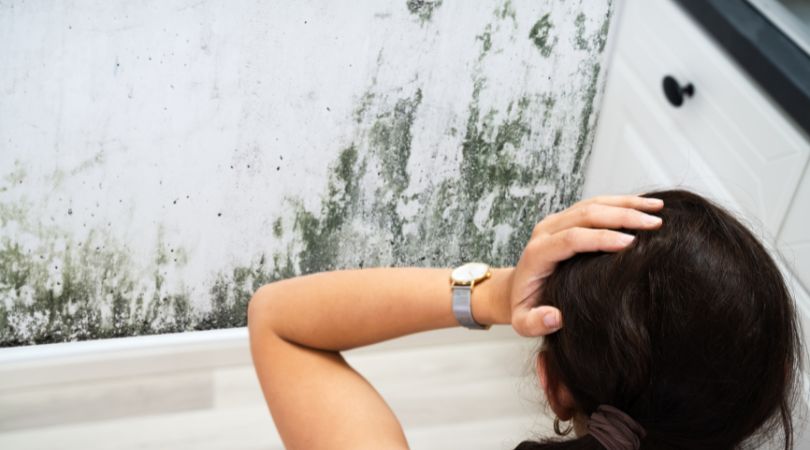
When it comes to these high-risk areas, you shouldn't only check for mold. Additionally, you should check for leaks, water damage and even slight staining. All these signs may indicate an increased risk of mold infestation.
2: Learn To Recognize Mold
In most cases, there is no doubt about whether something is damaged by water or not. However, there is a certain ambiguity about mold growth. Many homeowners have a difficult time understanding if something is indeed a mold spot. Here are some of the top signs that can indicate you have a mold problem:
- Is there a musty odor in the air? Mold produces a smell that is likened to the odor of damp rooms.
- Do you have any rotting or disintegration of surfaces? For instance, wood or textile may get damaged due to mold.
- Has the wood or any other susceptible building materials of the home become discolored?
- Do you spot distinct colors? For example, mold can be yellow, green, white, black or blue, in different cases.
- Is the affected area fuzzy? Maybe it’s slimy? Both signs can indicate mold growth.
- Are there presumably moldy patches with irregular outlines? If yes, mold is a likely culprit.
3: Purchase HEPA Filters
You should use HEPA (high-energy particulate arresting) filters because these can remove numerous types of tiny particles. For example, these filters effectively remove pollen, dust mites and pet dander.
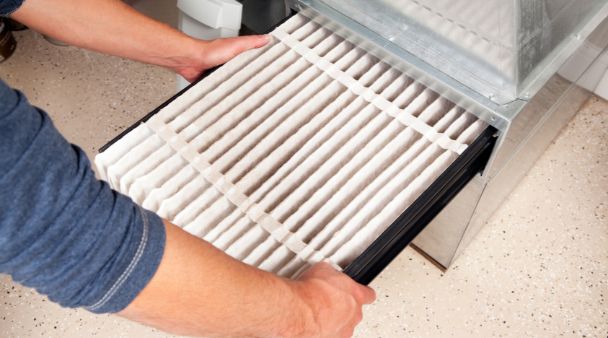
Among these targeted particles, HEPA filters remove mold spores as well. This is because the environment inside the HEPA filter is sterile and dry. The mold spores stand no chance at proliferating. You could add HEPA filters to these components of your HVAC system:
- Supply duct registers responsible for heating and cooling.
- Supply intake for fresh air.
- Return air register.
Besides the mold spores, you'll remove other potential irritants and allergens from your indoor air. You can enjoy cleaner and purer air after installing these high-performance filters.
4: Decrease Your Indoor Humidity
You should take practical steps to decrease your humidity levels. When you have too much moisture floating around, it's much easier for the mold spores to gain ground and start forming unsightly patches on your home's surfaces. Follow these tips to cut your humidity levels:
- Follow A/C unit upkeep routine. You should make sure that your A/C receives regular upkeep. When your A/C system receives inadequate maintenance, the unit will have a harder time removing excess moisture from the air.
- Just cooked or showered? Always run the exhaust fans after these activities. The boost to the air circulation helps to dry up water droplets on your kitchen or bathroom surfaces.
- You could find other ways to increase the air circulation as well. For example, run your ceiling fans to create indoor air movement. This boosted circulation will help to lower the moisture levels.
- Buying a dehumidifier is a good idea if you struggle with a lot of indoor moisture. There are two types of devices available: a whole-home dehumidifier or a portable option.
The portable devices are better to use in a single room such as a bathroom or kitchen. The whole-home type centrally removes excess moisture and it needs to be added to your current HVAC system as an extra component.
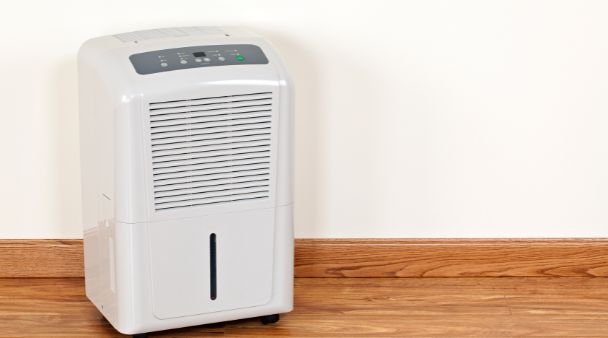
5: Get A Hygrometer
Mold growth is linked to humid indoor conditions. That's why purchasing a hygrometer is a great way to assess the risk of mold in your home. These digital devices show the current humidity levels in your home.
When you start picking a device suitable for your needs, keep in mind that the same device could be called a humidity meter or humidity gauge. Before deciding on a particular product, consider the following questions:
- How frequently does the hygrometer have to be calibrated?
- What is the number of sensors this device has?
- Do you want the hygrometer to have a battery? What's the minimum effective working time without charging?
- Does the device have remote control via smartphone?
- Is the device equipped with the capacity for weather prediction?
If you already have a hygrometer, check that your indoor humidity wouldn't exceed 60 percent. Most types of mold thrive in humid conditions that go over 70 percent.
Bottom Line
The complete removal of mold spores from your home is impossible. This is only achieved in clinical settings, such as hospitals. However, you can still take simple practical steps to minimize the risk of mold growth and Markham Inspection Services can help.
Here Are Our Five Suggestions For Keeping Potential Mold Issues In Check:
- Decrease your indoor humidity by running exhaust fans and buying a dehumidifier.
- Inspect all your home's high-risk areas that could harbor mold growth.
- Buy a digital hygrometer to monitor your indoor humidity levels.
- Learn to recognize mold without creating confusion regarding your findings.
- Purchase and install HEPA filters to continuously remove mold spores from the air.
